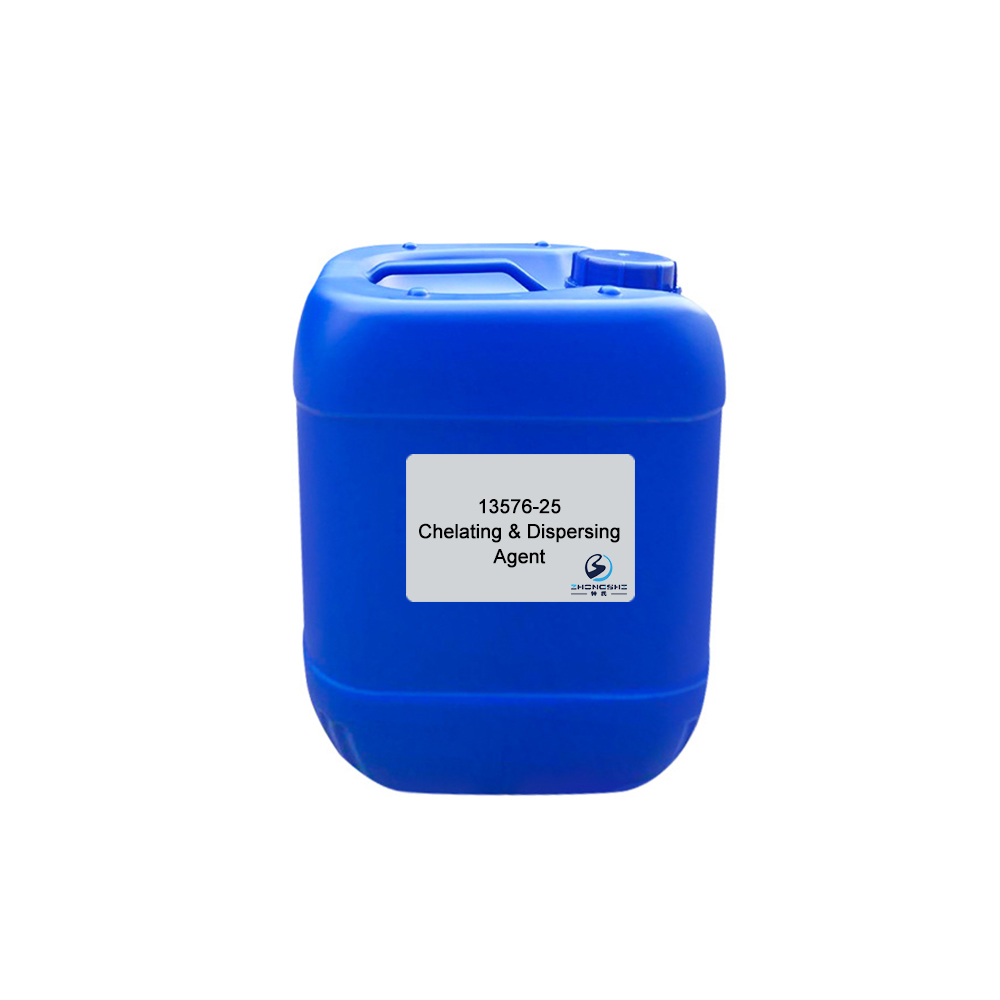22118-25 Dispersing Leveling Agent
Features & Benefits
- Contains no APEO or PAH, etc. Fits environmental protection requirements.
- Excellent leveling performance. Can shorten the dyeing time, improve production efficiency and save energy.
- Strong ability of retarding. Can effectively decrease the initial dyeing rate and solve dyeing defect problem caused by un-simultaneous dyeing of mixed dyes.
- Extremely low foam. No need to add defoaming agent. Reduces silicone spots on cloth and pollution to equipment.
- Improves application property of dispersing dyes, especially the using effect of low-end dyes.
Typical Properties
| Appearance: | Light yellow transparent liquid |
| Ionicity: | Anionic/ Nonionic |
| pH value: | 6.0±1.0 (1% aqueous solution) |
| Solubility: | Soluble in water |
| Content: | 20% |
| Application: | Polyester fibers and polyester blends, etc. |
Package
120kg plastic barrel, IBC tank & customized package available for selection
TIPS:
Direct dyes
These dyes are still widely used for dyeing cotton because of their ease of application, wide shade gamut and relatively low cost. There was still a need for mordanting cotton in order to dye it, except in a few cases where natural colorants such as Annato, Safflower and Indigo were used. The synthesis of an azo dye with substantivity to cotton by Griess was of great importance because mordanting was not necessary to apply this dye. In 1884 Boettiger prepared a red disazo dye from benzidine which dyed cotton ‘directly’ from a dyebath containing sodium chloride. The dye was named Congo Red by Agfa.
Direct dyes are classified according to many parameters such as chromophore, fastness properties or application characteristics. The major chromophoric types are as follows: azo, stilbene, phthalocyanine, dioxazine and other smaller chemical classes such as formazan, anthraquinone, quinoline and thiazole. Although these dyes are easy to apply and have a wide shade gamut, their wash-fastness performance is only moderate; this has led to their replacement somewhat by reactive dyes which have much higher wet and washing fastness properties on cellulosic substrates.








